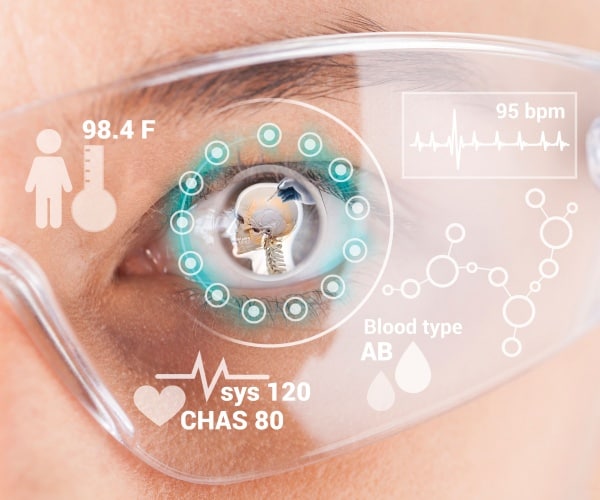AR visor could help slice surgery times
A pan-European project is underway to develop an augmented reality (AR) visor that could reduce surgery times by more than 10 per cent.

Known as VOSTARS (Video Optical See-Through Augmented Reality surgical System), the device will be able to superimpose X-ray data onto a patient’s body. The head-mounted display (HMD) will also provide information on the anaesthetic used, as well as heart rate, body temperature, blood pressure and respiration. Initial trials will focus on procedures around the head, including maxillofacial surgery and neuro surgery.
“With this...highly ergonomic visor, we intend to provide all the information required to improve surgery,” said project coordinator Dr Vincenzo Ferrari, a biomedical engineering researcher at the University of Pisa.
“The primary goal is to reduce not just surgery times, but also the time spent under anaesthetic and the cost involved in any operation. For the patient, this means saving off 20 minutes of every three hours of surgery and the guarantee of an extremely accurate intervention.”
VOSTARS uses a head-mounted camera to capture what the surgeon sees. The system then merges this footage with the patient’s medical images, from CT, MRI, or 3DUS scans. According to the researchers, the device is a combination of a video see-through (VST) system and an optical see-through (OST) head-mounted display.
Register now to continue reading
Thanks for visiting The Engineer. You’ve now reached your monthly limit of news stories. Register for free to unlock unlimited access to all of our news coverage, as well as premium content including opinion, in-depth features and special reports.
Benefits of registering
-
In-depth insights and coverage of key emerging trends
-
Unrestricted access to special reports throughout the year
-
Daily technology news delivered straight to your inbox










National Gas receives funding to develop Gravitricity underground hydrogen storage system
There can't possibly ever be a '<i>business</i>' case for the <i><b>bulk</b></i> storage of hydrogen, since Green hydrogen electrolysis...